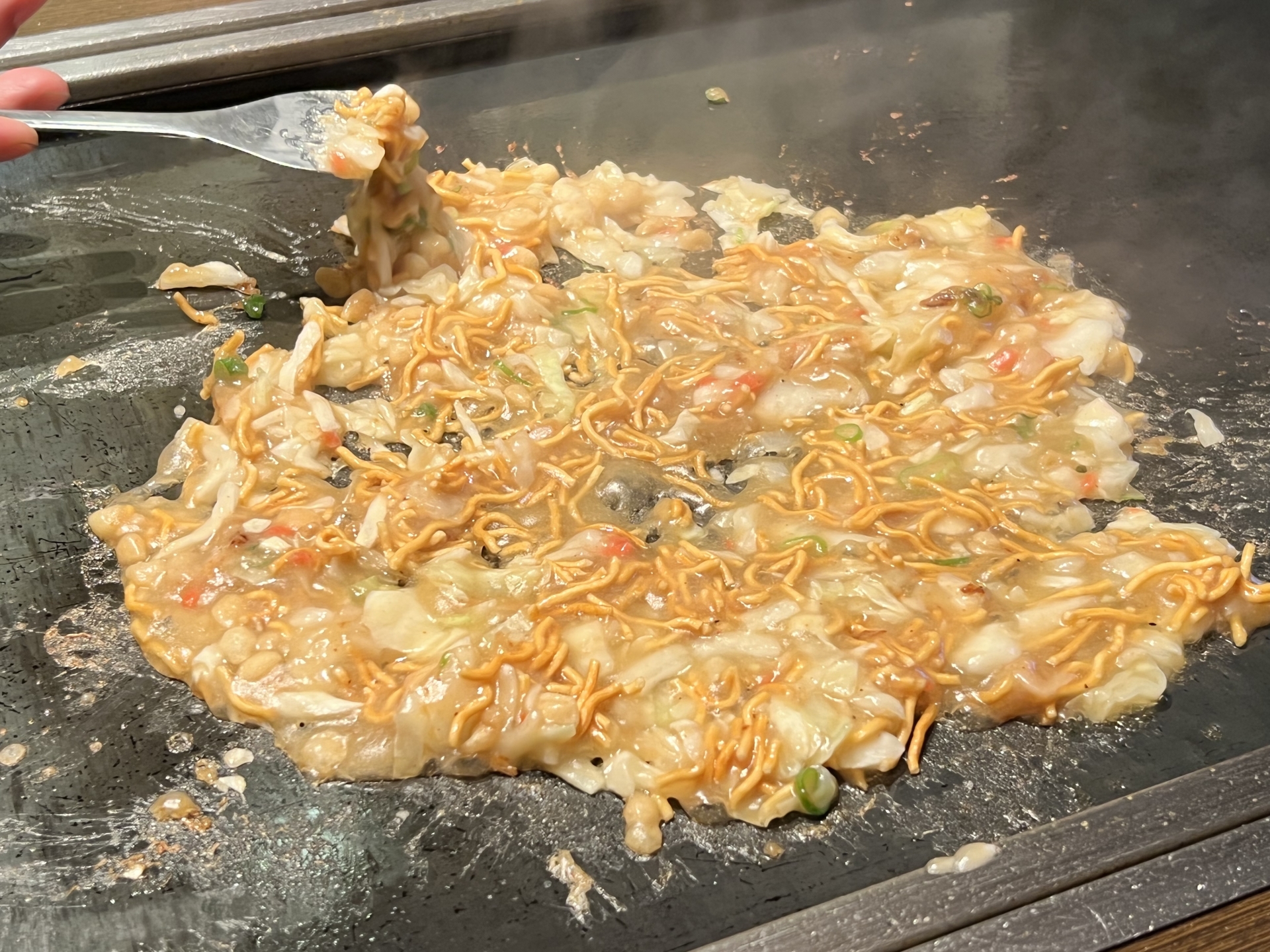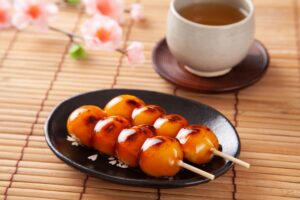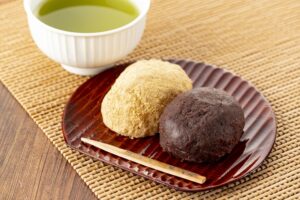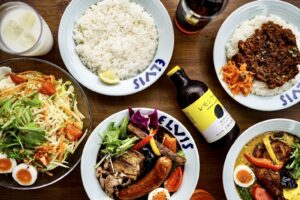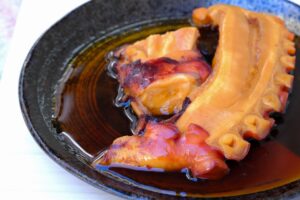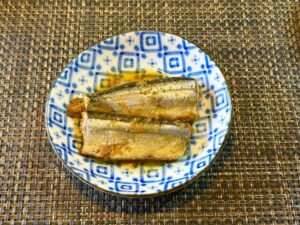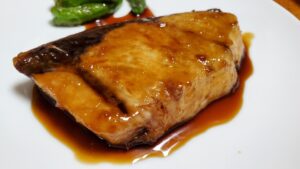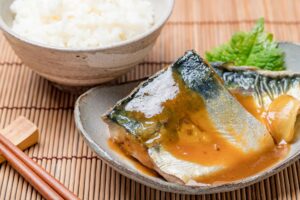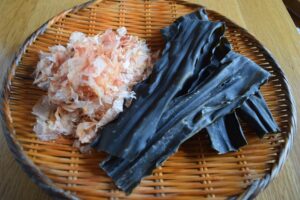Monjayaki may look unusual at first glance, but this sizzling Tokyo street food holds a rich cultural and culinary story. Whether you’re planning a trip to Japan or simply curious about its lesser-known dishes, this guide will walk you through everything you need to know—from what Monjayaki is, how it’s made, and where to eat it, to how to enjoy it like a local.
What is Monjayaki?
Monjayaki is a savory, pan-fried dish that originated in Tokyo, particularly popular in the downtown neighborhoods like Tsukishima. Often described as Okonomiyaki’s gooier cousin, Monjayaki is a teppan-grilled delight made from a liquid batter that’s rich in flavor and full of texture. The batter, typically a mix of flour and water or dashi, is poured onto a hot iron griddle and cooked with finely chopped ingredients like cabbage, green onions, squid, shrimp, mochi, cheese, or even corn and kimchi.
The resulting dish is a sizzling, semi-liquid creation that’s eaten directly off the grill using small metal spatulas. While its appearance may seem unusual—some describe it as “messy” or “runny”—its umami-packed taste and social, interactive cooking method make it a favorite among locals and curious tourists alike. It’s not just food—it’s an experience.
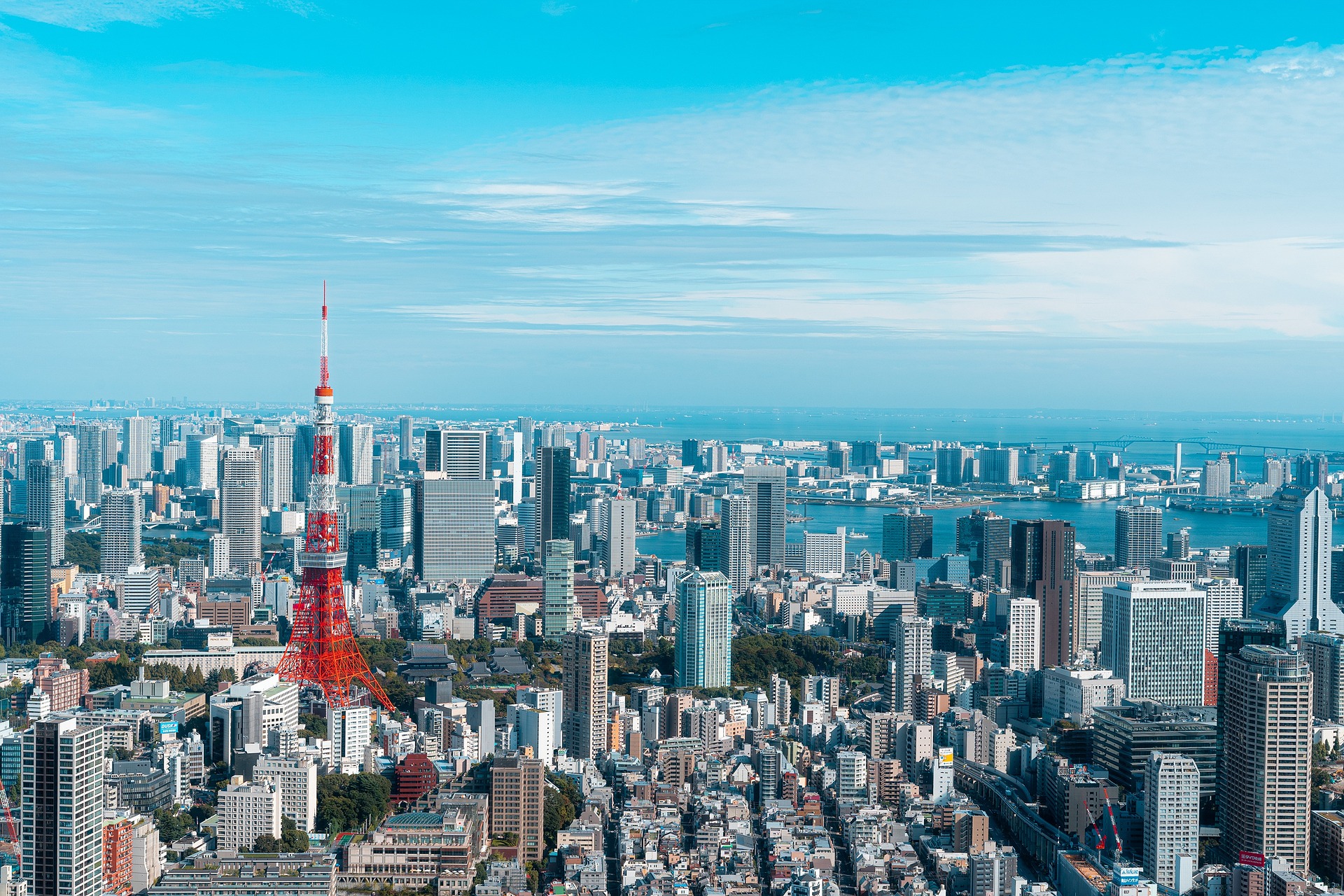
Monjayaki vs Okonomiyaki: What’s the Difference?
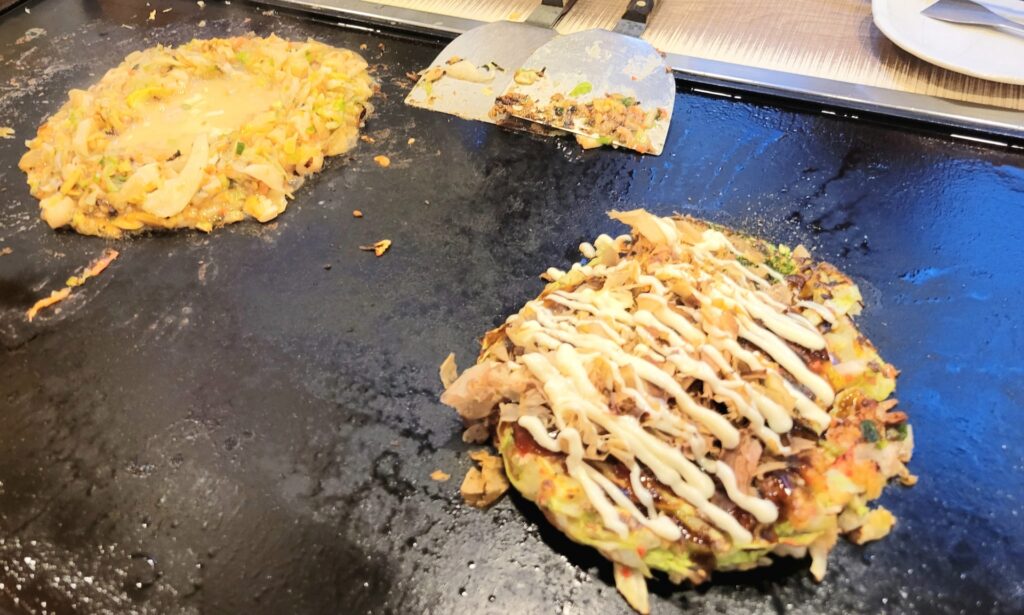
At first glance, Monjayaki and Okonomiyaki may seem similar, but the differences are striking once you dig in. While both are cooked on a teppan grill and share some ingredients, their texture, consistency, and method of eating are quite distinct.
| Feature | Monjayaki | Okonomiyaki |
| Batter | Very watery with flour and dashi or water | Thicker batter with flour and eggs |
| Texture | Gooey, sticky, almost paste-like | Fluffy, pancake-like |
| Ingredients | Finely chopped, mixed into batter | Layered or mixed into batter |
| Eating Style | Eaten directly off grill with spatulas | Cut into pieces and eaten with chopsticks |
Monjayaki remains soft and gooey even after cooking, giving it a chewy texture that’s loved by many but may surprise first-timers. It’s all part of the fun of trying a truly local specialty.
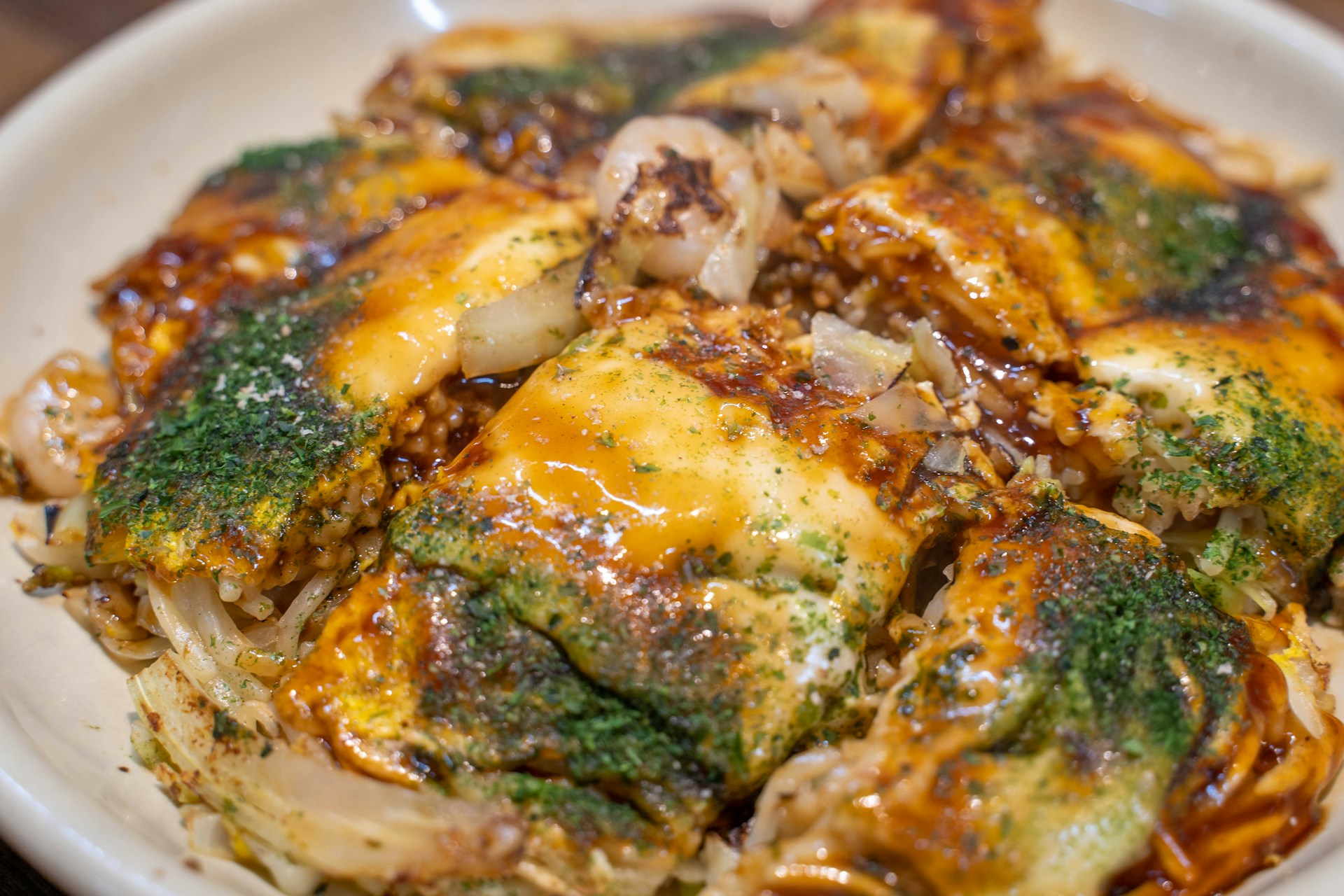
What is Monjayaki Made Of?
Monjayaki is highly customizable, but the base ingredients remain relatively consistent:
- Flour (often mixed with water or dashi stock)
- Worcestershire-style sauce (adds tangy umami)
- Cabbage (finely shredded)
- Toppings such as:
- Mochi (rice cakes)
- Cheese
- Squid or shrimp
- Corn, pickled ginger, or kimchi
This dish shines because of its flexibility. Diners can mix and match ingredients to their taste, which makes each Monjayaki experience unique.
Vegetarian and Vegan Options
Good news for plant-based eaters: Monjayaki can be made vegetarian or even vegan. Simply request versions without seafood or meat, and ensure the sauce is free from anchovies or animal-derived ingredients. Many Tsukishima eateries offer vegetable-only Monjayaki options, or you can request custom ingredients like tofu, mushrooms, or extra greens.
How to Eat Monjayaki Like a Local
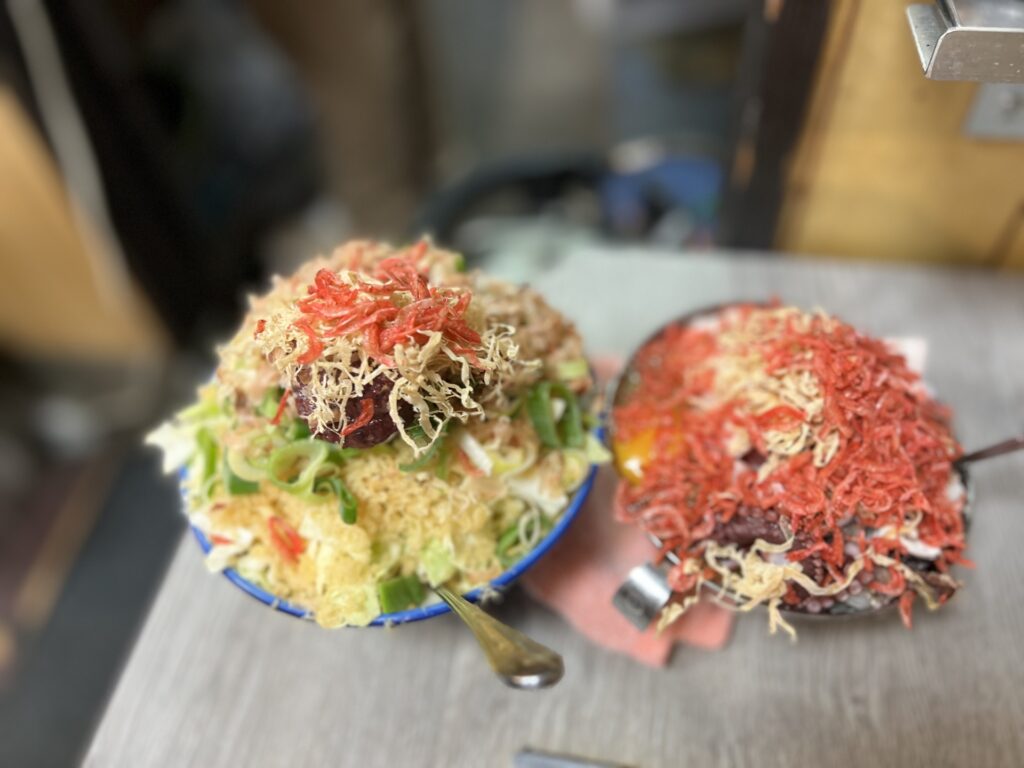
The charm of Monjayaki is in the cooking and eating process itself. Here’s how to enjoy it like a Tokyo native:
- Cook at your table: Most Monjayaki restaurants have a built-in teppan grill. Staff may assist you with the process if you’re new.
- Pour and shape: The ingredients are fried first, then the batter is added in the middle to create a gooey center.
- Scrape and eat: Use a small metal spatula (called a “hera”) to scrape the crispy, caramelized bits off the grill and eat directly.
- Don’t wait too long: The outer layer should be slightly crisp, but the middle should stay soft.
Pro tip: The best bites are the ones with browned, slightly crispy edges. Locals call these the “okoge” and they’re full of umami.
Where to Try Monjayaki in Tokyo
If you’re hunting for the best Monjayaki, Tsukishima Monja Street is your go-to destination. Located in central Tokyo, this neighborhood is home to over 70 Monjayaki restaurants, making it a foodie’s paradise.
Recommended Spots:
- Monja Kura – Popular with tourists, offering English menus and customizable options.
- Daruma – Known for traditional flavors and a cozy, old-school vibe.
- Tsukishima Rokurinsha – Great for large groups and first-timers.
Many restaurants are affordable, with prices ranging from $8–$15 per dish. Google Maps and review platforms like Tabelog can help you navigate and choose a spot that fits your vibe.
Can You Make Monjayaki at Home?

Absolutely! While the full teppan experience is ideal, you can recreate Monjayaki at home with a non-stick frying pan.
Basic Recipe:
Ingredients:
- 1/2 cup all-purpose flour
- 1 1/2 cups water or dashi
- 2 tbsp Worcestershire-style sauce
- 1 cup finely chopped cabbage
- Toppings of your choice (cheese, mochi, seafood, etc.)
Instructions:
- Mix the flour, water/dashi, and sauce into a runny batter.
- In a heated non-stick pan, stir-fry your chopped toppings.
- Create a ring with the stir-fried mixture and pour batter into the center.
- Mix together and cook until gooey.
- Use a small spatula to scrape and eat directly if possible.
Tip: For an authentic texture, let the batter caramelize slightly before scraping it off.
FAQs About Monjayaki
What is Monjayaki made of?
It’s made from a watery batter (flour and dashi), cabbage, and various mix-ins like seafood, mochi, or cheese.
How is it different from Okonomiyaki?
Monjayaki has a runnier texture and is eaten directly from the grill, unlike the pancake-style Okonomiyaki.
Is Monjayaki vegetarian?
It can be! Just request it without seafood or meat and check the sauce ingredients.
Where can I try it in Tokyo?
Tsukishima Monja Street is the best spot, with dozens of specialized Monjayaki restaurants.
Is Monjayaki good?
While the appearance may seem odd at first, the rich umami flavor and interactive experience win over many first-timers.
Summary: Why You Should Try Monjayaki on Your Japan Trip
Trying Monjayaki isn’t just about eating—it’s about connecting with Tokyo’s vibrant street food culture. From its humble post-war origins to its modern presence in bustling Tsukishima, this gooey, flavorful dish offers a one-of-a-kind experience that’s best shared with friends or family.
Whether you’re a foodie, an adventurous traveler, or just curious about Tokyo’s lesser-known dishes, Monjayaki is a must-try. Add it to your Tokyo food bucket list, and don’t forget to bring your appetite—and your sense of culinary adventure!

